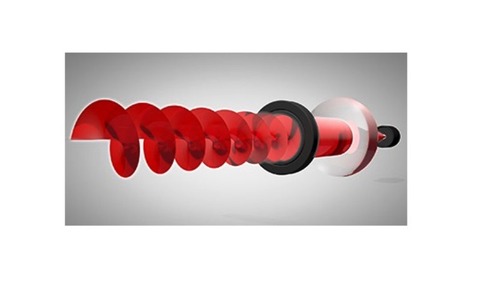Device enables ultra-fast laser-beam steering
7 Jan 2015

A team of researchers from the University of Bristol and the University of Dundee has engineered an acousto-optic device that can shape and steer beams of light at speeds not previously achieved.
The device consists of 64 piezo-electric elements which are designed to act as high frequency loudspeakers.
Utilising the device, a sound field can be generated which deflects and sculpts any light passing through it. As the sound field changes, so does the shape of the light beam, the researchers said.
“The key advantage of this method is that it potentially offers very high refresh rates
Professor Bruce Drinkwater
“This reconfigurability can happen extremely fast, limited only by the speed of the sound waves,” said Bruce Drinkwater, research leader and professor of Ultrasonics at the University of Bristol.
“The key advantage of this method is that it potentially offers very high refresh rates - millions of refreshes per second is now possible. This means that in the future laser beam-based devices will be able to be reconfigured much faster than is currently possible. Previously, the fastest achieved is a few thousand refreshes per second.”
According to Drinkwater, the new device will enable reconfigurable lenses that can automatically compensate for aberrations - allowing for improved microscopy and a new generation of optical tweezers.
Head of the Biophotonics research group at the University of Dundee Mike MacDonald said: “What we have shown can be thought of as a form of optical holography where the hologram can be made in real time using sound.
“Previous attempts to do this have not had the level of sophistication that we have achieved in the control of our acoustic fields, which has given us much greater flexibility in the control we have over light with these devices.”
MacDonald said that the device can be addressed more rapidly than existing holographic devices, such as spatial light modulators, and could also allow for much higher laser powers to be used.
“This opens up applications such as beam shaping in laser processing of materials, or even fast and high power control of light beams for free space optical communications using orbital angular momentum to increase signal bandwidth,” MacDonald said.
A full account of the research has been published in the journal Optics Express.

